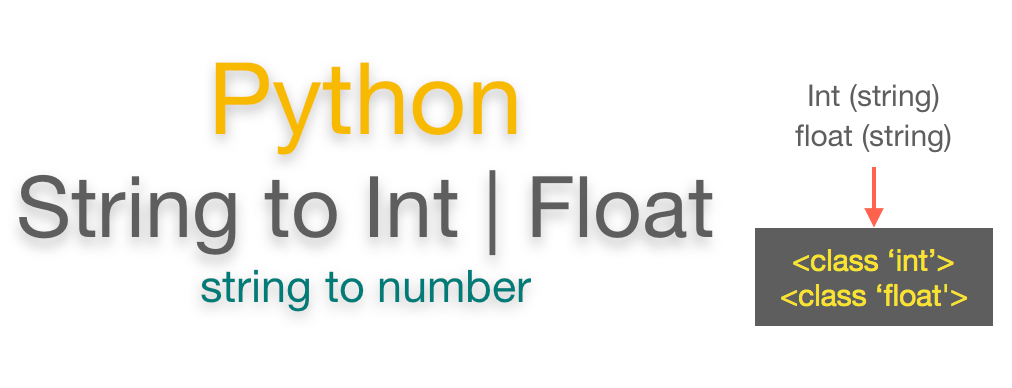

#CONVERT FLOAT TO STRING PYTHON CODE#
Code and Explanation: f1 = float("123.123")Īs you can see the above strings were converted into a floating object. It could contain signs, this would not affect the value returned. In this solution, we use the most common method to convert any data type including a string to float in Python float(). Similar to the above example you would come across similar instances where you would need to convert a string to float in Python.

In such cases, you would need to convert numerical values from a string into float/ int before you can use any operations. The most common places where you would come across this is while reading and working with files. However, one frequently looked up method is converting a string object in Python to a floating object. Why would you need to convert a String to Float in Python?Ĭhanging data types in Python is a common practice, and Python has provided us with functions to facilitate this.
#CONVERT FLOAT TO STRING PYTHON HOW TO#
In this article, we have seen how to convert a list containing floating point numbers into string using different string methods like str(), join() and for loop or list comprehension in python. Print("List of floating string numbers is:") We can use the join() method with list comprehension as follows.

Instead of for loop, we can use list comprehension to perform the conversion of a list of floating point numbers to string as follows. float_list=ġ0.0 11.2 11.7 12.1 Convert a list containing float numbers to string using list comprehension To avoid this,Instead of applying str() function on every element of the list, we can use map() function to convert the list of float numbers to a list of strings and then perform the string concatenation using join() method to get the output string as follows. In the above method, an extra space is added at left of the output string which has to be removed using lstrip() method. Output List of floating point numbers is: In the above program, the output string contains an extra space at the end which has to be removed using rstrip() method.To avoid this additional operation, We can use the join() method instead of performing concatenation operation by adding the strings to create the output string as follows.įloat_string=" ".join() We can convert the list of float numbers to string by declaring an empty string and then performing string concatenation to add the elements of the list to the string as follows. Convert a list containing float numbers to string using for loop

Now we will see how to convert a list containing floating point numbers to string using the above functions. Output: List of floating point numbers is: Print("List of floating point numbers is:") The syntax for map() function is map(function,iterable). The map() function takes as input a function(functions are first class objects and can be passed as a parameter in python) and an iterable as argument and executes the function on each element of the iterable object and returns the output map object which can be converted into any iterable. The syntax for join() method is as separator.join(iterable) where separator can be any character and iterable can be a list or tuple etc. It joins each string in the iterable object with the separator and returns a new string. Join() method is invoked on a separator and an iterable object of strings is passed to the method as input. The str() function converts an integer literal,a float literal or any other given input to a string literal and returns the string literal of the input after conversion. This can be done as follows.


 0 kommentar(er)
0 kommentar(er)
